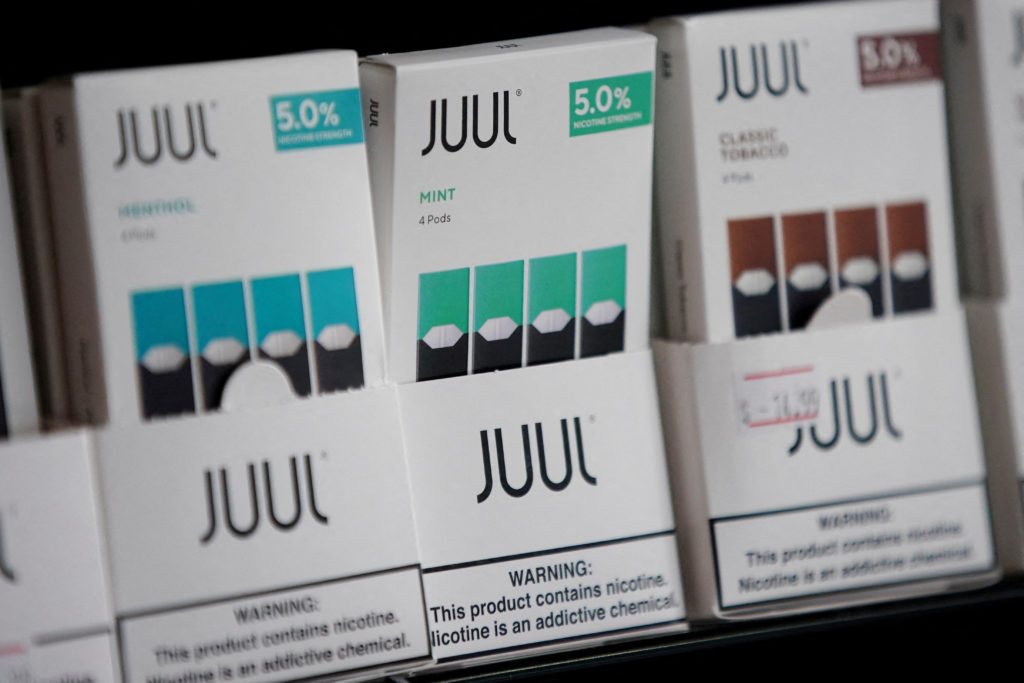On July 17, 2025, the U.S. Food and Drug Administration issued a significant ruling by granting FDA Juul e-cigarettes authorization for sale in the United States. This decision restores the availability of Juul’s iconic vaping devices and tobacco and menthol pods after a tumultuous path that included a federal ban in 2022, a court challenge, and financial instability. Taking stock of this approval, it’s crucial to assess the regulatory reasoning, marketplace implications, public health ramifications, and long-term outlook for both Juul and the broader vaping sector.
Regulatory Background and Recent Developments
Juul Labs originally submitted its application under the FDA’s premarket tobacco review program back in 2020. In 2022, the agency issued a Marketing Denial Order, effectively banning Juul’s products over concerns about incomplete toxicological data and youth usage trends. Shortly after, a federal court put the ban on hold, allowing Juul to continue selling while the company complied with additional data requests.
Fast forward to July 2025, after years of rigorous evaluation and new evidence, including longitudinal studies involving adult smokers, FDA regulators reversed the ban. They concluded that the FDA Juul e-cigarettes authorization was justified because the products could help adult smokers switch completely to e-cigarettes, potentially lowering exposure to harmful cigarette-related toxicants. However, the agency made clear that authorization does not equate to general safety and emphasized the importance of robust youth protection measures.
Market Implications for Juul and Competitors
The approval marked an immediate boost for Juul’s position in the U.S. vaping market:
- Juul is now once again allowed to manufacture and sell its original vaping device with tobacco and menthol pods.
- As of early 2025, Juul held roughly 18 percent of U.S. e-cigarette sales, trailing behind brands like Vuse and Puff Bar.
- With the authorization, Juul can pursue new funding, explore strategic partnerships, and regain shelf space nationwide.
- The company also announced the potential development of next-generation devices and applications for additional flavors.
For competitors, this move serves as both a regulatory validation and a strategic wake-up call. Other established brands and newer entrants may renew efforts to diversify product lines or seek FDA endorsements to capitalize on Juul’s return.
Public Health Debate and Youth Protection Measures
The FDA Juul e-cigarettes authorization has split public health experts into two main camps:
Supporters argue that:
- Juul products offer a less harmful alternative for adult smokers.
- The data show significant numbers of switchers from cigarettes to Juul.
- FDA oversight is preferable to allowing unregulated illicit flavored vapes to dominate the market.
Critics warn:
- Juul still largely shaped the youth vape explosion in the late 2010s.
- Legal menthol products could reignite teen vaping rates.
- More study is needed on long-term health effects and nicotine addiction patterns.
The FDA has mandated stringent approval conditions: Juul must actively monitor youth use, restrict advertising appeal to minors, and submit periodic public health assessments. These safeguards aim to balance harm reduction benefits while curbing youth uptake.
Legal Resolution and Settlement Overview
In parallel with regulatory proceedings, Juul has faced extensive litigation:
- In recent years, the company settled with municipalities, states, tribes, and school districts for nearly $2.8 billion over youth-related claims.
- It also paid $1.7 billion to resolve a federal class-action lawsuit.
- Facing these heavy liabilities, Juul faced the possibility of bankruptcy before the FDA’s reversal.
Now with regulatory clarity following the FDA Juul e-cigarettes authorization, Juul is better positioned to move forward financially, restructure operations, and possibly pursue acquisitions or partnerships.
Challenges Ahead and Future Industry Outlook
While the authorization provides breathing room, Juul still faces key challenges:
- Product Innovation: Juul must advance its next-gen device pipeline to stay relevant and meet evolving health and regulatory standards.
- Youth Compliance: Demonstrating real-world youth protection compliance will influence future FDA actions and public legitimacy.
- Market Competition: Emerging brands, flavored vapes, and regulatory uncertainty may limit Juul’s ability to capture market share quickly.
- Public Perception: Regaining public trust, especially among older adult smokers, requires effective communication and safety validation.
The decision also sets a precedent for FDA handling of future vaping products. Manufacturers will likely expedite efforts to submit comprehensive data proving adult cessation benefits while minimizing youth risk. This could lead to a wave of new PMTA (Premarket Tobacco Product Application) filings.
Conclusion
The FDA Juul e-cigarettes authorization represents a turning point for the vaping industry. For Juul Labs, the decision offers a lifeline after years of uncertainty, legal battles, and financial distress. For other companies, it underscores the importance of FDA alignment and responsible product stewardship.
Public health remains cautious. Regulatory vigilance and industry accountability are critical to prevent another wave of teen vaping while leveraging harm reduction for adult smokers. As Juul rebuilds and the FDA tightens oversight, the next phase will define whether vaping can genuinely serve as a regulated, safer alternative to cigarette smoking.
Read More






 Monday, 08-12-25
Monday, 08-12-25







